The looms of the author's carbon-fiber sculls are not much larger than the grips, and the opening in the side of each pogie is smaller that it would need to be for wooden oars with larger looms.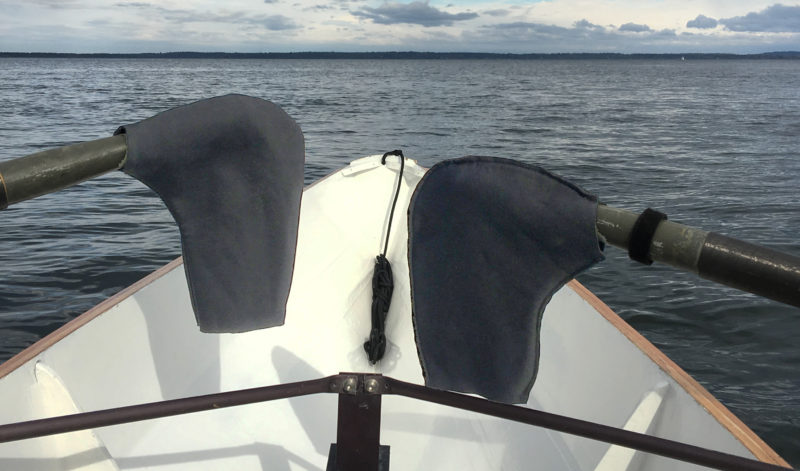 Dale McKInnon
Dale McKInnon
Join The Conversation
We welcome your comments about this article. To include a photo with your remarks, click Choose File below the Comment box.
Comments (4)
Comments are closed.


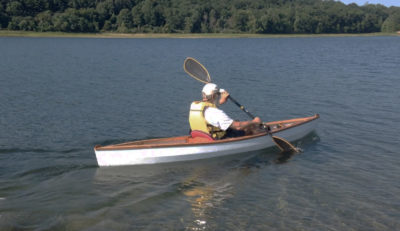
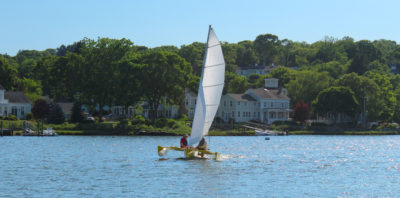
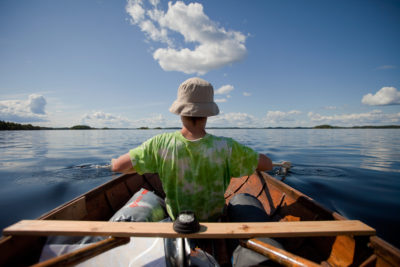
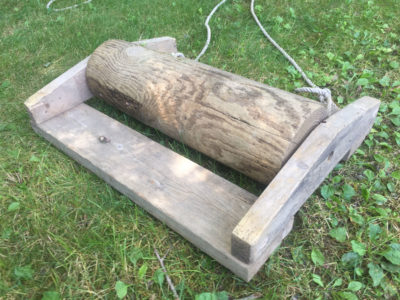

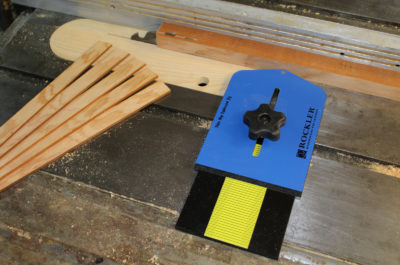
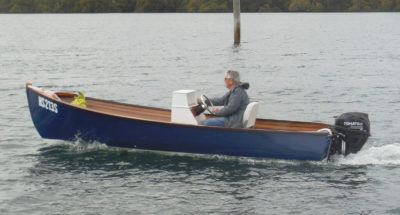
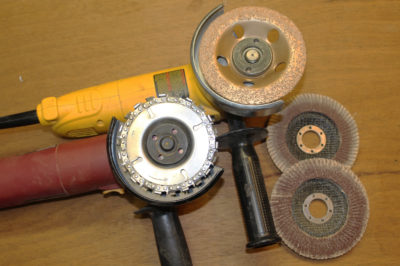
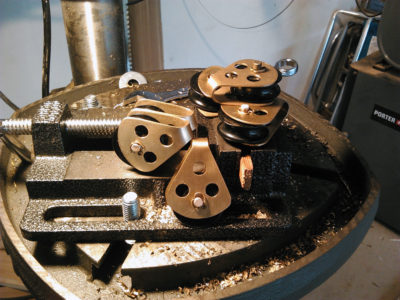
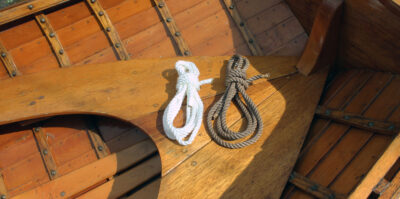
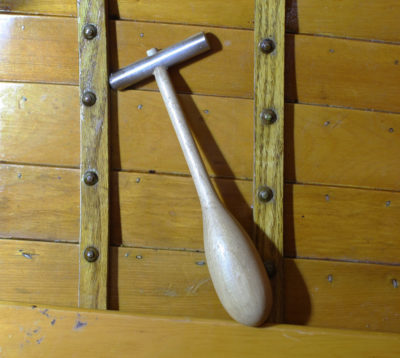
You might try to make pogies the way I did. I live where there is frost on car windshields in the winter. You start with two windshield ice scrapers with Thinsulate lined mitts. I bought mine at the local Dollarama store for $2 each. You cut the stitching attaching the ice scraper to the glove, remove the ice scraper part and turn the glove inside out and re-sew up the seam. Then open the seam on one side of the glove, big enough for your oar to fit into. Hem this opening. You now have, for very little cost, a pogie that will keep your hands warm during icy rows. The picture file shows the ice scraper mitt and one of the finished pogies.
And you have two free ice scrapers, or, as we know them in Florida, Love Bug removers.
For a little history, when I was first whitewater paddling, in the early 70s we made most of our own gear and kayaks. There was a lady around the Philadelphia Canoe Club named Bonnie who came up with the first “Hot Pogies.” We made them from neoprene for spring-runoff paddling. She should have trademarked them and patented the design. I wish I could remember her full name.
Change the pogie reference; I did a little research.
The name came from Billy Nutt who developed it in 1974 for spring whitewater paddling, picking a silly name, pogy (aka Menhaden), and fellow paddler Bonnie Losick refined them and trademarked them as Bonnie’s Hot Pogies. I wonder if she ever benefited from the trademark?